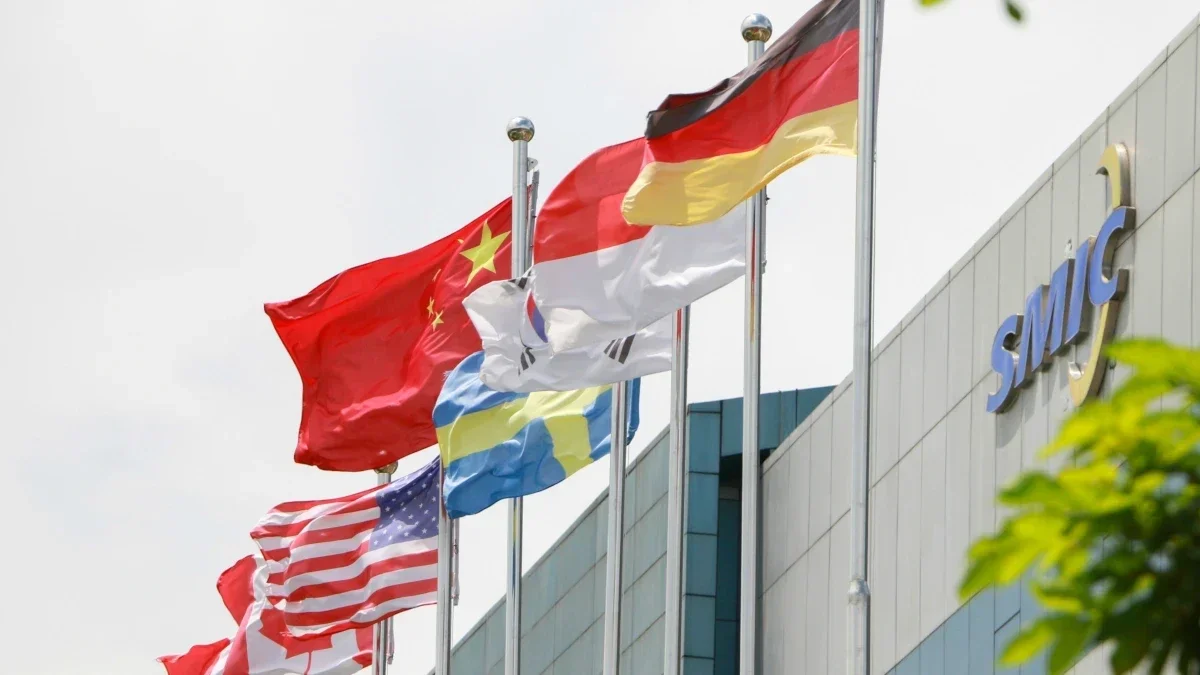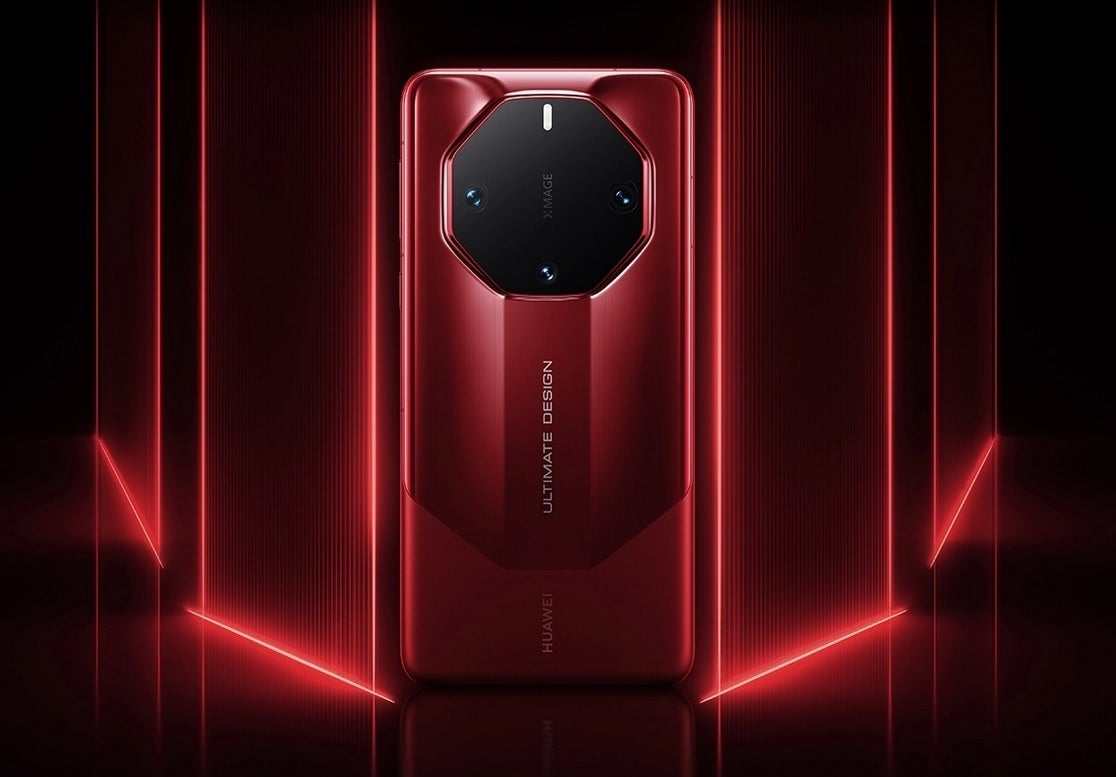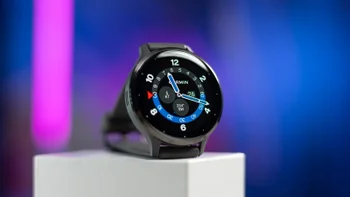China's largest foundry, SMIC, takes action in case the U.S. tightens restrictions on chips

Shocked and stunned were the words most used by U.S. government officials when Huawei announced the Mate 60 Pro in late August. The big surprise was that Huawei, despite restrictive U.S. sanctions, was able to obtain homegrown 7nm Kirin SoCs manufactured by China's largest foundry, SMIC. On its previous two flagship lines, the Mate 50 from 2022, and the P60 early this year, Huawei obtained licenses allowing it to use the Snapdragon 8+ Gen 1 chipsets limited to 4G use only.
The U.S. in 2020 tightened its export rules to prevent any foundry using U.S. technology to manufacture chips from shipping cutting-edge silicon to Huawei. The company, which was at one time the second largest TSMC customer after Apple, was unable to produce flagship phones supporting 5G (the last one was 2020's Mate 40 line) due to the ban. China's largest foundry, SMIC, at the time the U.S. export rules were changed, could only build chips using its outdated 14nm process node.
But in July 2022, SMIC reportedly copied TSMC's 7nm node to manufacture its Bitcoin Miner SoC for crypto mining. And now the foundry is apparently able to produce 7nm chipsets like the Kirin 9000S that is found under the hood of the 5G supporting Mate 60 Pro. Huawei expects to sell as many as 20 million units of the device before it is through even though at 7nm, the Kirin 9000S is two generations behind the 3nm A17 Pro chip that powers the iPhone 15 Pro and iPhone 15 Pro Max.

The just-announced Huawei Mate 60 RS
That leads us to a new report from the Chinese website money.UDN.com (via Tom'sHardware) that claims SMIC is stockpiling the supplies it needs to build more Kirin 9000S chips. SMIC has supposedly placed orders with its Taiwan-based supply chain covering the shipments of materials needed to build the Kirin 9000S for the next two years. The report suggests that there are two reasons why the foundry is doing this.
One, it could be afraid that the U.S., embarrassed that Huawei was able to obtain these chips and produce a 5G phone, plans on squeezing Huawei more by continuing to tighten the sanctions against the firm. As part of those tighter sanctions, SMIC would be unable to continue to turn out the Kirin 9000S SoC and other "cutting-edge" 5G silicon.
The other possibility is that with demand for the Mate 60 Pro, Mate 60 Pro+, and Mate 60 RS expected to be so high, SMIC might be anticipating more orders from Huawei. And even though, as we've already noted, these chips are not made using the 3nm process node, Huawei will probably have to continue to use the Kirin 9000S on future flagship models including next year's photography-focused (no pun intended) P70 series.
Even though Huawei and SMIC have set off a wave of nationalism in China that might lead Huawei to experience a huge increase in smartphone shipments this year, if SMIC can't progress beyond 7nm, eventually business will drop off. The big question is, how will the U.S. Commerce Department respond?
Follow us on Google News













Things that are NOT allowed:
To help keep our community safe and free from spam, we apply temporary limits to newly created accounts: